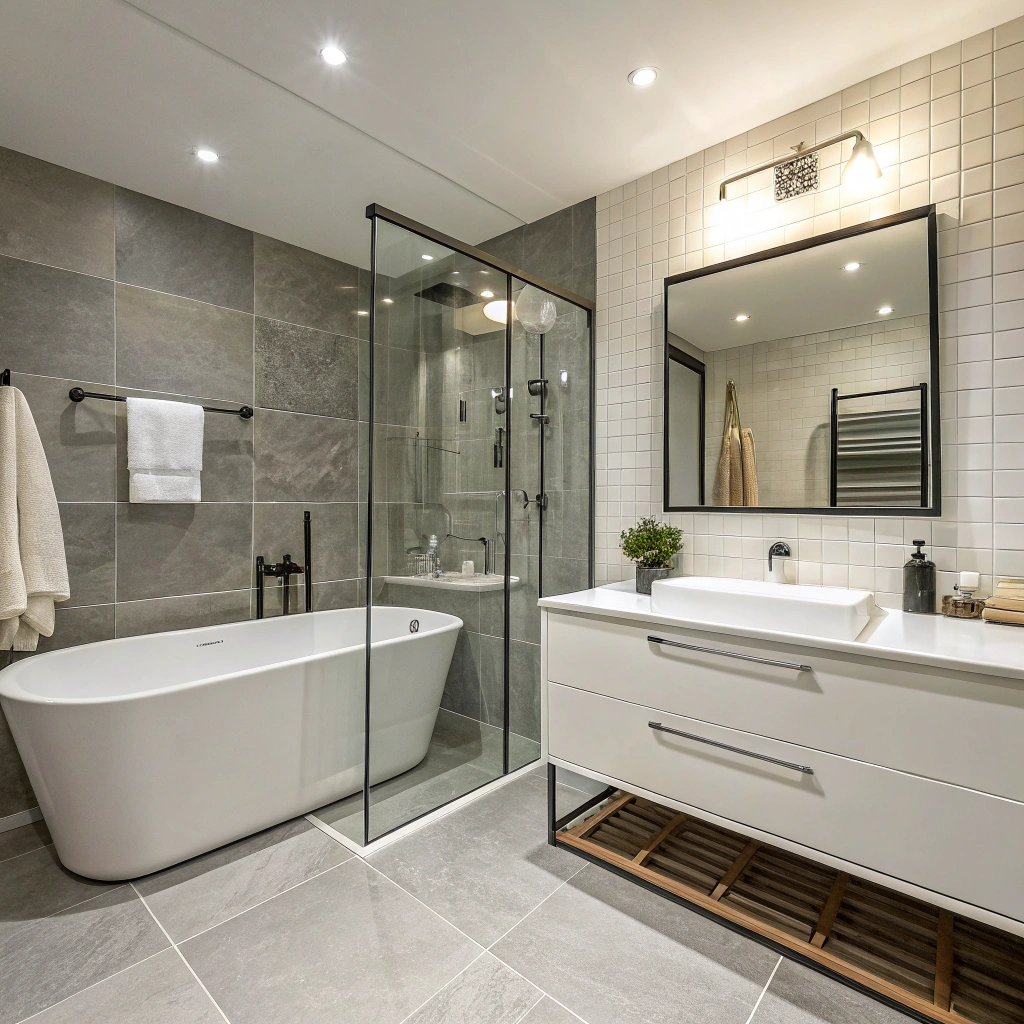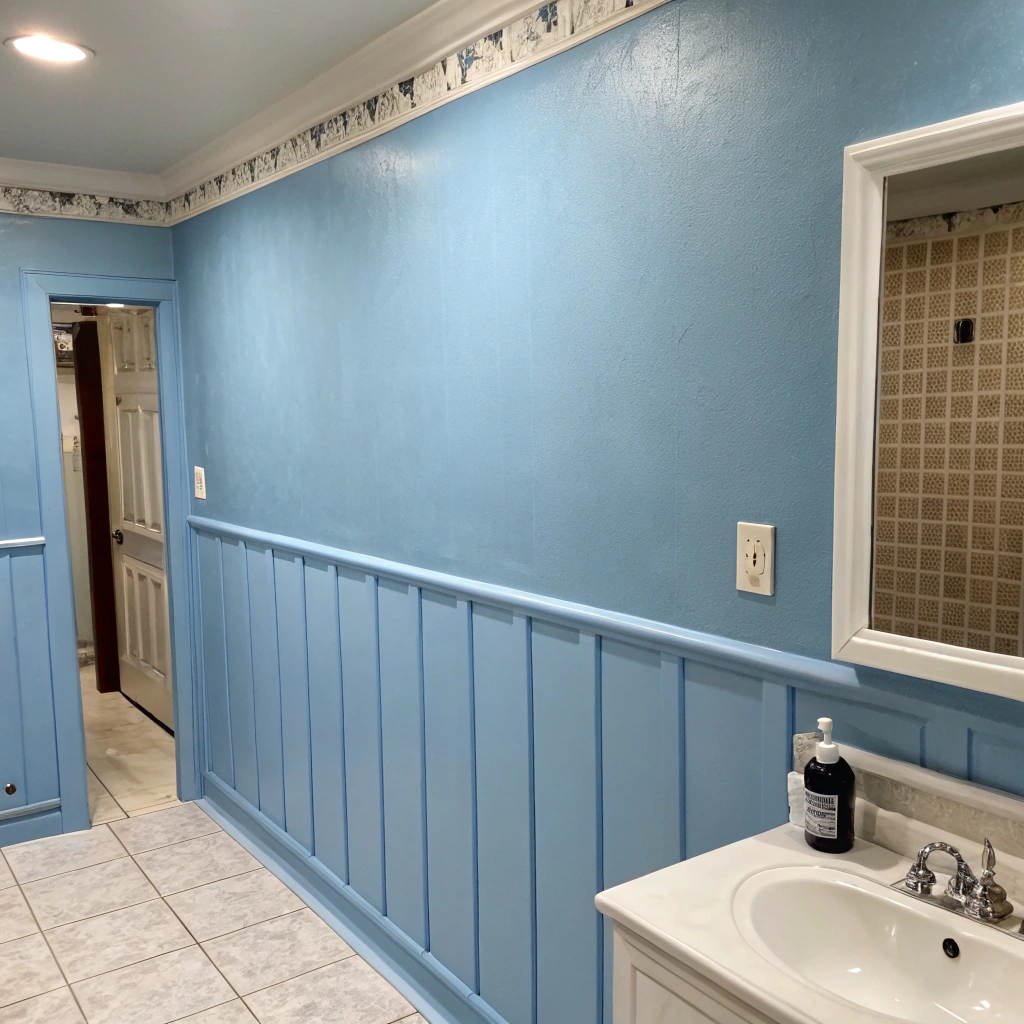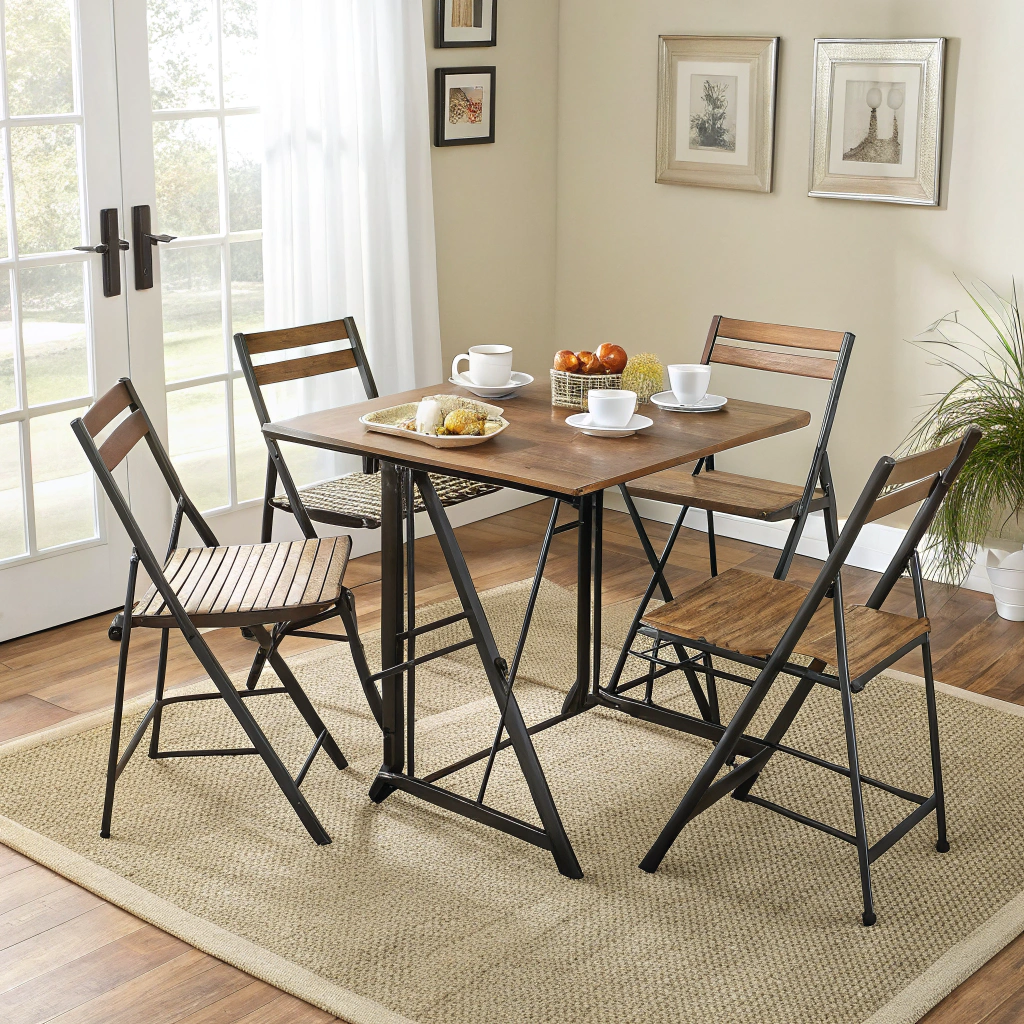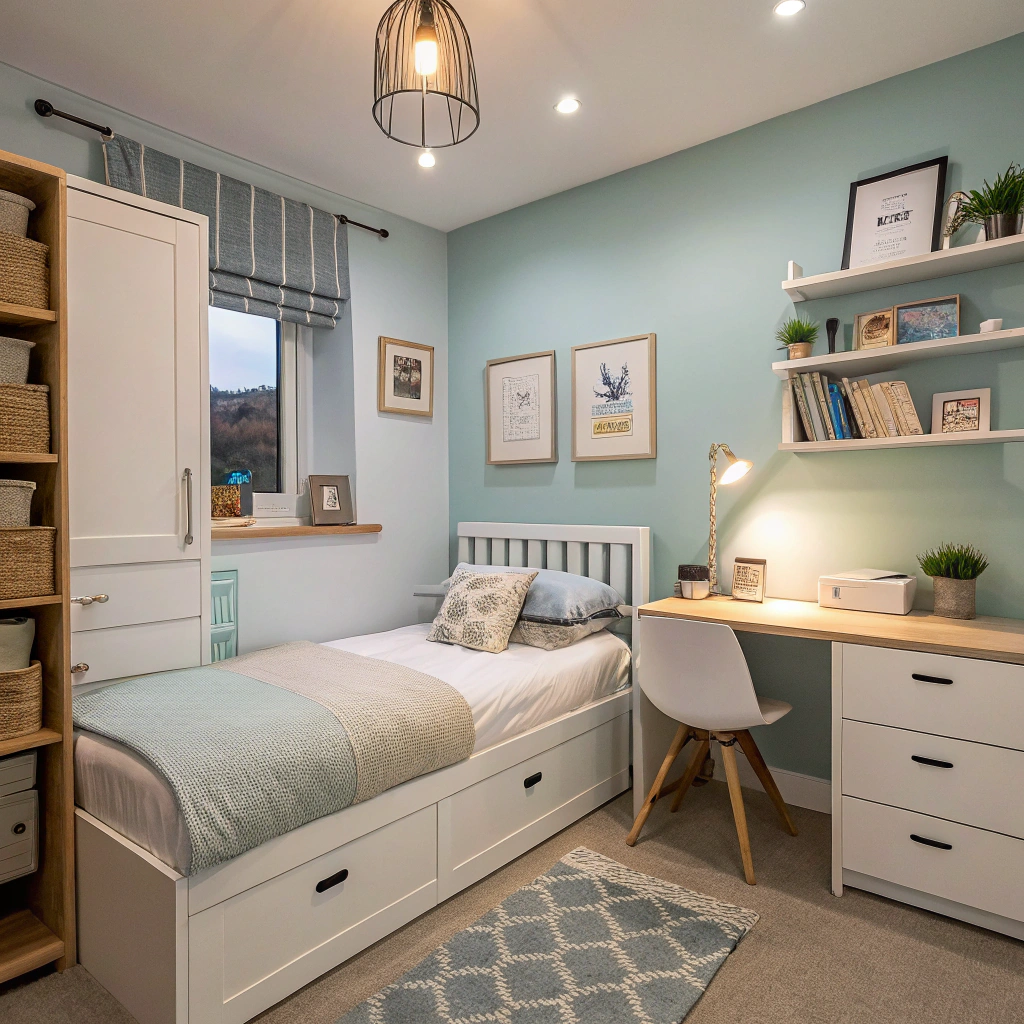Introduction
Picture this: You step into your freshly painted bathroom. The color is serene, the finish is flawless, and it feels like a personal spa. Now, fast forward six months. Do you see peeling paint, dreaded mildew spots, and a color that’s already lost its luster? I’ve been there. In fact, one of my first DIY projects was a small guest bathroom that turned into a masterclass in what not to do. I learned the hard way that not all paint is created equal, especially when it comes to humidity and splashes. But don’t worry, I’ve got your back. This guide will walk you through everything you need to know about choosing the perfect bathroom paint, from moisture-resistant formulas to colors that make your space feel larger and more luxurious.
Why Your Bathroom Paint Choice is a Big Deal

Let’s be real: the bathroom is the hardest-working room in your house. It deals with steam from hot showers, condensation on mirrors, and daily splashes. Standard wall paint simply can’t handle this constant assault of moisture. It will eventually peel, crack, or, worse, become a breeding ground for mildew.
The right bathroom paint, however, is specially formulated with additives that create a protective barrier. It’s your first line of defense against moisture, making cleanup a breeze and ensuring your beautiful color lasts for years. Choosing correctly isn’t just about aesthetics; it’s a practical decision for the long-term health of your space.
The #1 Rule: It’s All About the Finish (Not Just the Color!)
Here’s the insider secret that many beginners miss: the sheen, or finish, of your paint is even more important than the color itself when it comes to a bathroom. The finish determines how durable and washable the paint will be.
Which Paint Sheen is Best for a Bathroom?
- Eggshell: This is my go-to recommendation for most bathrooms. It has a soft, velvety luster (like an eggshell, hence the name) and offers excellent durability. It’s much easier to clean than flat paint but isn’t as shiny as a semi-gloss. It strikes the perfect balance for walls.
- Satin: A close cousin to eggshell, but with a bit more sheen. Satin is incredibly tough and wipeable, making it a fantastic choice for family bathrooms or powder rooms that see a lot of action.
- Semi-Gloss & Gloss: These are the champions for trim, doors, and cabinets. Their hard, shiny surface is extremely moisture-resistant and wipes clean with a simple damp cloth. I’d avoid using a high-gloss on large wall areas, as it can highlight any imperfections in your drywall.
Pro Tip: I once used a flat finish in a low-traffic guest bath, thinking it would be fine. It wasn’t. A little splash from the sink left a permanent watermark. Trust me, stick with eggshell or satin for your walls.
Choosing Your Bathroom Paint Color: Strategy Over Stress
Color can totally transform the vibe of your bathroom. But before you fall in love with a swatch, consider these factors.
For Small or Windowless Bathrooms:
- Go Light and Bright: White, off-white, light gray, and pale blues or greens reflect light, making the space feel larger and airier. A classic white like Benjamin Moore’s Chantilly Lace is a timeless choice that never fails.
- Consider Cool Tones: Colors with blue or green undertones can evoke a calm, spa-like feeling.
If You Have Great Light or Want Drama:
- Embrace the Dark Side: Don’t be afraid! A deep navy, charcoal, or even a rich emerald green can feel incredibly luxurious and cozy. Good ventilation is key here to prevent the space from feeling cave-like.
- Accent Wall Magic: If a fully dark bathroom feels like too much, paint just one wall (like the one behind the vanity) for a bold, stylish pop.
Expert Insight: According to color psychologists, shades of blue are universally associated with calmness and serenity—perfect for creating a relaxing retreat. It’s a science-backed way to choose a color you’ll love waking up to.
My Top 3 Moisture-Resistant Paint Brands
After testing countless brands on client projects and in my own home, these are the ones I consistently trust for a flawless, long-lasting bathroom makeover.
- Benjamin Moore Aura® Bath & Spa: This paint is literally made for bathrooms. It has a mildew-resistant coating and superior hygiene properties. It’s a premium product, but the one-coat coverage and durability are worth every penny.
- Sherwin-Williams Duration Home®: Known for its exceptional moisture resistance and scrubbability. It’s a workhorse paint that stands up to intense humidity without breaking a sweat.
- Behr Premium Plus Ultra® Interior: A great budget-friendly option that doesn’t skimp on quality. It’s a paint and primer in one with mold and mildew resistance, making it a fantastic choice for a DIY refresh.
Your Step-by-Step Guide to a Flawless Paint Job
Ready to start? A little prep work makes all the difference.
- Clean the Walls: This is non-negotiable. Use a trisodium phosphate (TSP) substitute to scrub away any soap scum, grime, or mildew. Rinse thoroughly and let the walls dry completely.
- Repair & Sand: Fill any holes or cracks with spackle. Lightly sand the walls to create a smooth surface for the new paint to adhere to.
- Prime (If Needed): If you’re making a dramatic color change, covering stains, or painting new drywall, use a high-quality primer. A stain-blocking primer is your best friend for preventing any old issues from bleeding through.
- Paint: Use a high-quality angled brush for cutting in around edges and a roller for the large areas. Apply two thin coats for the most even, professional-looking finish.
Frequently Asked Questions (FAQs)
Can I use regular interior paint in my bathroom?
I strongly advise against it. Regular paint lacks the moisture-resistant additives found in paints formulated for bathrooms and kitchens. It will likely peel or mildew over time, leading to a frustrating and costly do-over.
What is the most popular color for a bathroom in 2024?
While classic whites are always in style, we’re seeing a huge trend toward warm, earthy neutrals (like greige and taupe) and soothing, nature-inspired greens (like sage). These colors create a grounded, serene environment.
How long should I wait to use the shower after painting?
Patience is key! To allow the paint to fully cure and harden, wait at least 24-48 hours before taking a steamy shower. Check the manufacturer’s recommendations on the paint can for the most accurate timing.
Is a satin or semi-gloss better for a bathroom ceiling?
For ceilings, especially in a high-humidity bathroom, a satin or even a semi-gloss is a smarter choice than flat paint. The slight sheen helps resist moisture and makes it easier to wipe away any condensation or mildew.
How can I prevent mildew on my bathroom paint?
The best prevention is a combination of the right paint (look for “mildew-resistant” on the label) and excellent ventilation. Always run the exhaust fan during and for at least 20-30 minutes after a shower to remove humid air.
Your Beautiful, Worry-Free Bathroom Awaits
Choosing the right bathroom paint is a simple yet powerful way to elevate your daily routine. By focusing on a durable, moisture-resistant finish and a color that speaks to you, you’re not just giving your walls a new color—you’re creating a sanctuary.
So, which color and finish are you leaning towards? Share your dream bathroom paint ideas in the comments below—I’d love to hear what you’re planning! And if you found this guide helpful, pin the image above to your Pinterest board to keep these tips handy for your next project.







Leave a Reply